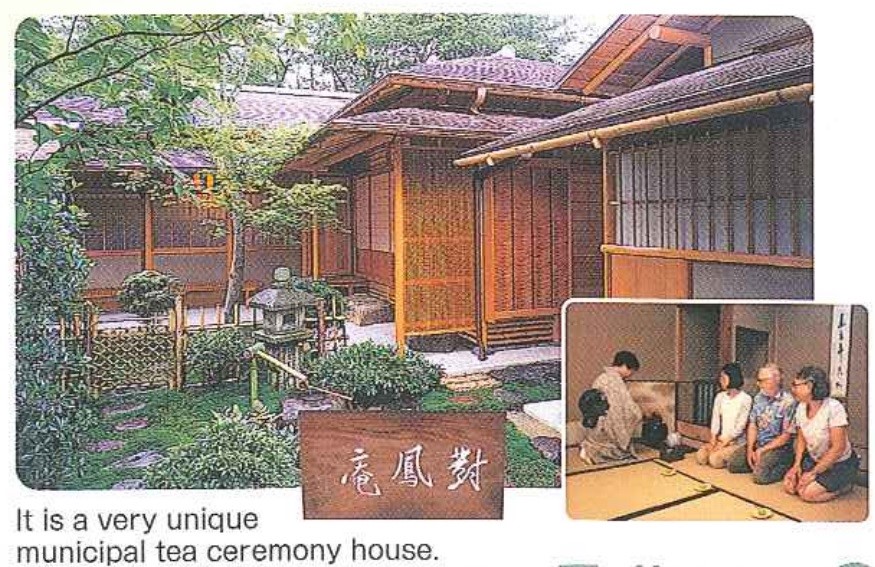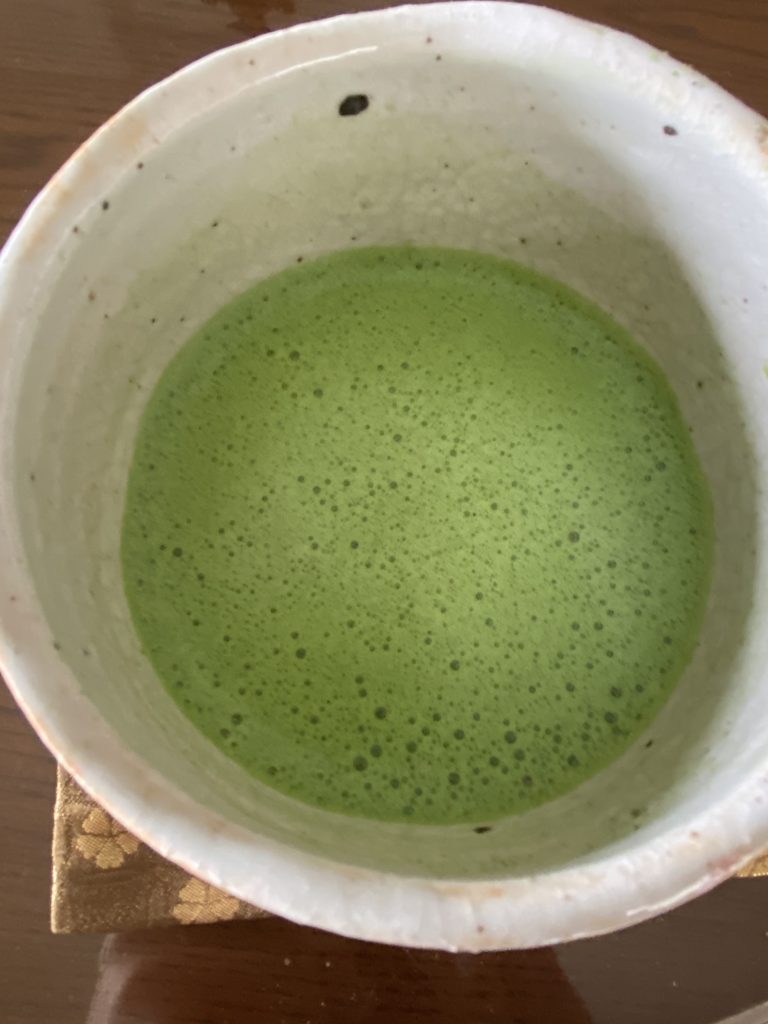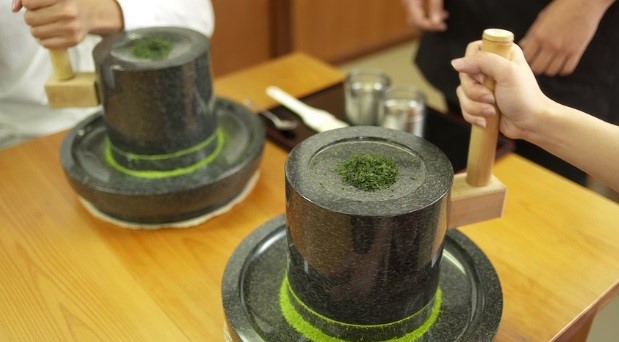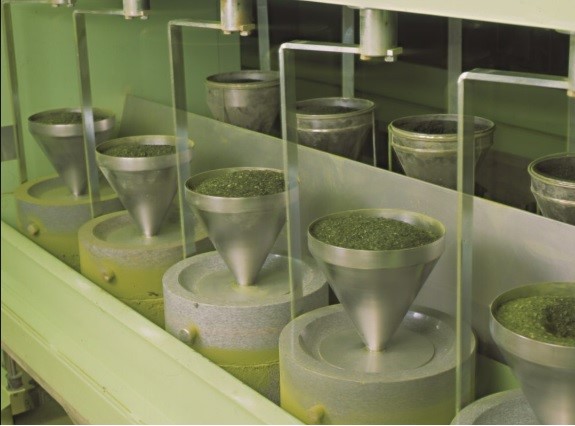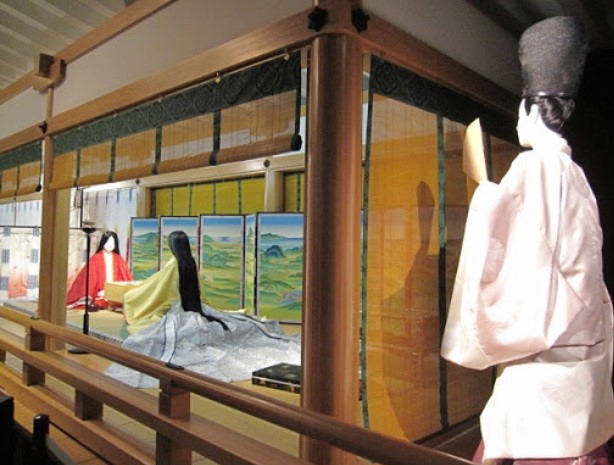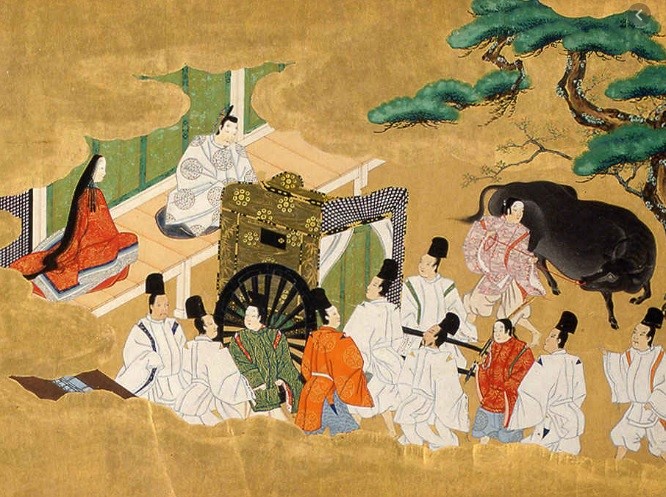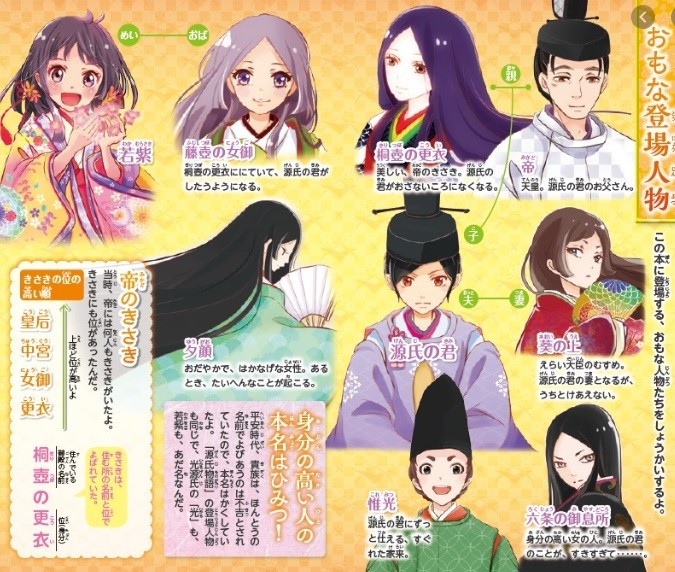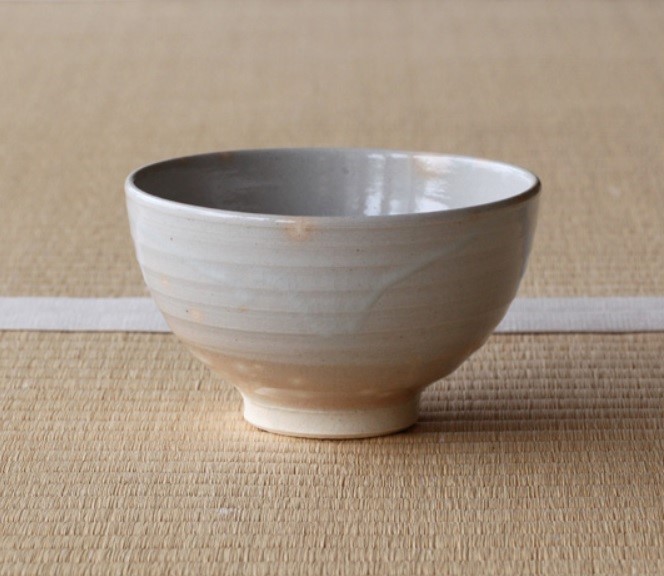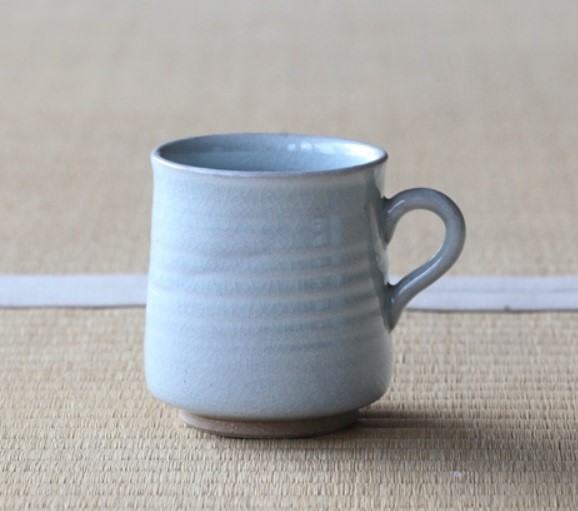Uji Area is located in a southern part of Kyoto and one of the home towns of tea cultures.
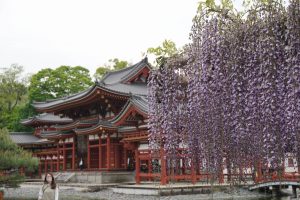
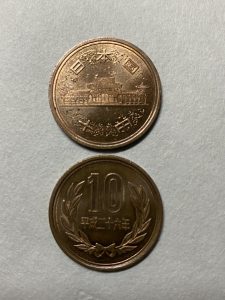
10JPY coin 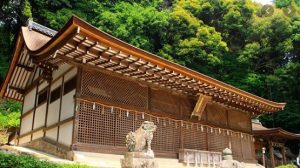
Ujigamijinja 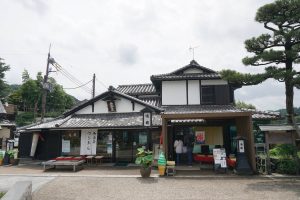
Tsu-en tea shop
During the Heian period(794-1185), nobilities were looking for a place to build their villas outside of the Capital Kyoto.
Due to its geographical advantage and beautiful scenery, nobilities built their villas.
Fujiwara clan who was considered as one of the most powerful clans at that time, started to build their villas called Fujiwara villa town.
Two world heritage sites-Byodoin and Ujikami shrine-were built during this time.
Matcha and Green tea
The fog rising from the Uji river protects the young leaves from frost and keeps them soft. The geographical features and people’s efforts to develop the technique over generations have made Uji famous for tea.
The tea farmers grow Tea of Uji by using the method called “Ooishita” that covers tea leaves before plucking them. This method is endemic to Uji. By keeping sunlight off with a cover, the tea leaves’ umami flavor become richer. They employ traditional method of hand-picking to pluck tea leaves. Tencha-the ingredient of Matcha green tea -and Gyokuro tea made of only young leaves that have been picked carefully tip by tip are worthy of being called high-quality tea. Uji tea attracted a national reputation with this unique and time-consuming method. Even today, Uji tea keeps winning many awards like the Minister of Agriculture, Forestry and Fisheries Award.
Experiences related to tea
- Tea ceremony
- Powdered green tea making
- Matcha factory tour of Marukyu Koyamaen where I usually purchase tea or Kambayashi Shunsho Honten
The Tale of Genji Museum
It is around 1000, that is, mid-Heian period(794-1185) when Murasaki Shikibu wrote a full-length novel “The Tale of Genji” that earns the international reputation. This novel consists of 54 chapters and the first 35 chapters are about the love romance of Hikaru Genji and his success stories in the royal court, the second 9 chapters depict the decline of his life.
In contrast to Hikaru Genji’s flamboyant love romance, the last 10 chapters are about the low-key romance of Genji’s son, his grandson, and three princesses. “Uji 10 chapters” as the main scenes of the story are in Uji district. Appreciating the connection with the Tale, Uji city has developed the town based on the themes of the Tale.
Asahi-yaki Pottery and Uji tea
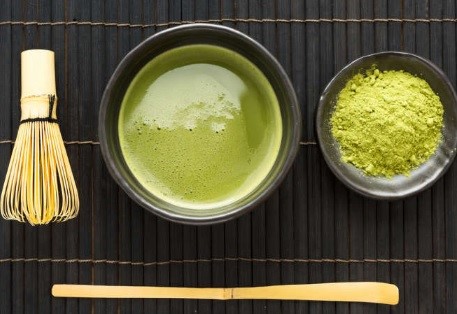
Matcha 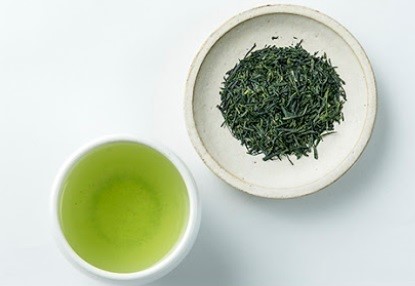
Gyokuro 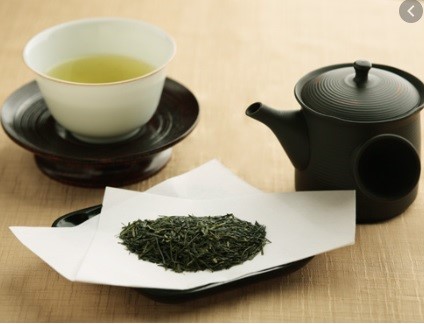
Sencha
ASAHIYAKI and Tea
Uji tea, green tea and matcha, is famous for its aroma and umami flavor because the tea leaves are being covered by the dawn mists arising from the Uji River. Uji district’s temperature temperature also contributes to the savory tea. The clay of Asahiyaki is the soil that was washed downstream and accumulated for over thousands of years. Finally, it formed the sediment admirably suited for ceramic work. The Uji river runs through the heart of the unique culture of Uji.
In the Edo period, “Uji River” and “Uji Tea” were always the center of Uji culture. Under that situation, “Asahiyaki” pottery flourished and was used for the tea ceremony and the livingware of court nobilities.
The founder of Asahiyaki named Tosaku used clay found in this region and created a variety of tea utensils, such as tea bowls and water jug that were loved by daimyo (feudal loads), court aristocrats, and tea masters. Sen no Rikyu, founder of “Cha no Yu”, and Kobori Enshu, tea master and gardener, also loved “Asahiyaki” ceramics around 400 years ago.
In the latter part of the Edo era, around 150 years ago, the eighth generation Chobei developed the tea pot for “Gyokuro” and “Sencha” made by steamed, rolled and dried.
Asahiyaki pottery has been grown up together with the development of Uji tea culture.

